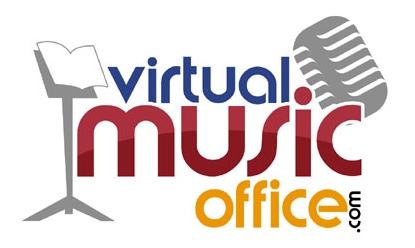My decision to become a band director came during the Morehead State University Band Clinic during my 7th grade year. I purchased my first baton at the clinic. I was primarily influenced by three of my teachers.
James Copenhaver (Dr. Copenhaver, 34-yr Director of Bands at the University of South Carolina) was my beginning teacher during my first year (and his first year of teaching) and high school band director for two years. I wanted to be just like him. He pulled me aside Freshman year and said something like….
If you want to be a band director, you’re going to have to go to college. Your family may not be able to afford that…so I suggest you use your four years in high school to make yourself good enough that by the time you graduate, colleges will want to pay you to come.
They did.
Robert Roden taught me how to play clarinet during my high school years. I never heard him play (heart condition), but he had a good way of describing what I should do to play well. At my band director’s urging, he allowed me to “audition” for a spot in his studio. After hearing me, he made me a deal…
“You play well. I can help you get better. But you can’t afford me. As it turns out, I have a bad heart and can’t do yard work or heavy lifting. So, if you would be willing to cut my grass or shovel my snow, or do any other jobs around my house as needed, then I will provide you clarinet lessons until the day you show up here unprepared. Do we have a deal?”
Yes. And he kept his word. Senior year I received a “I+” (not a legal ranking) at solo festival, was 1st chair in All-State, 1st chair in an Honor Band (top spot in the top band out of six at the clinic), 1st chair at two summer music camps, and 1st chair in the United States Collegiate Wind Band that toured Europe and the U.S.S.R.
Tragically, he died in a fire at a dinner club where he was playing. He got out of the building, but went back in to get his music. My father was an off-duty Fire Chief on the scene.
The third person was my college clarinet professor. He was a terrible human, hated teaching girls, hated teaching clarinet (wanted to be orchestra director)…..but set his standards high and used fear, intimidation, and humiliation to force improvement. At least he taught me how to prepare.
My musical career from 5th grade through college was about performance and competition. My first teaching assignment was a small rural school (I had gone to a large inner-city high school) was a shocking experience for me. When I would encourage a parent to provide for private instruction, I was told that I was the teacher. When recommending a step-up instrument, I was asked what was wrong with the one they bought. Since there were limited resources, I refocused on the concept of teaching students how to achieve success. In 2005, when I had an opportunity to meet with a group of former students, not a single one had gone into music as a vocation, but all had children in band because of the positive experience they had. I felt reinforced. Because of the way the bar had been set for me, I set the bar high there, expected them to reach it – and most did. As a group, they achieved much success, reaching 4th in state in two of my four years with over 20% of the high school in the ensemble.
Now, back in education after two decades away (which means I’ve missed all the current training over that time), I describe myself as the old guy with youthful enthusiasm. I would have to label myself a social efficiency-ist, which I realize sets me in confrontation with a lot of current teaching and training. I’ll try to keep an open mind.
Here are some statements I put in a brochure I send to parents of potential private instruction students. I call them my Gardner-isms:
Good Grades Do Pay – and I can prove it.
Colleges Pay for those who Play – well!
It doesn’t matter whether you win or lose — until you lose.
If the notes are on the paper, it is your job to play ALL of them.
If you’re going to play it, you might as well play it right.
The view from 1st chair is much better.
Private Lessons can be like paying for college — one week at a time.
Be prepared: Make sure your parents are getting their money’s worth.
Santa isn’t the only one who knows whether you’ve been bad (no practice) or good.
You can’t sight read in your lesson and get away with it. I’m better than that.
Like the ice skater who misses the quad, missing notes in public can hurt.
Anybody can be mediocre. Not you. Not with me. Don’t even think about it.
You can practice hard now and have fun at performance, or you can have fun now…
Do you really want to pay me to tell you it was good — if it wasn’t?
Like this:
Like Loading...



 A mildly disappointing purchase, but a net positive. (Details in the pic captions).
A mildly disappointing purchase, but a net positive. (Details in the pic captions).
 The disappointment is that, for my keys, it doesn’t tell me whether they are in the Living Room or the Kitchen….just that they are at this address. Well, duh.
The disappointment is that, for my keys, it doesn’t tell me whether they are in the Living Room or the Kitchen….just that they are at this address. Well, duh.







